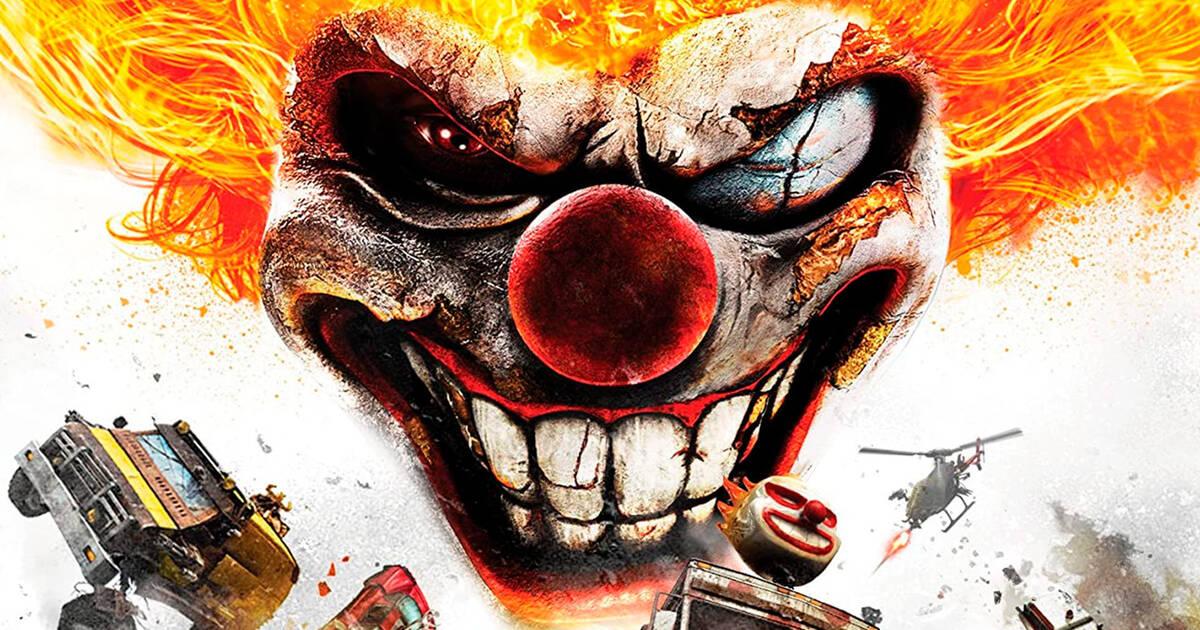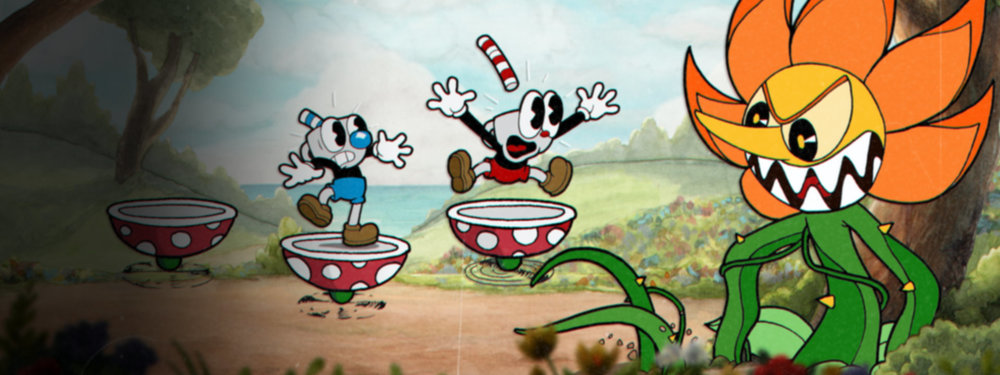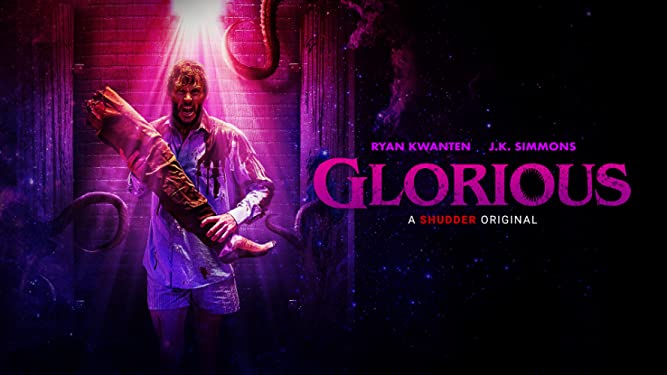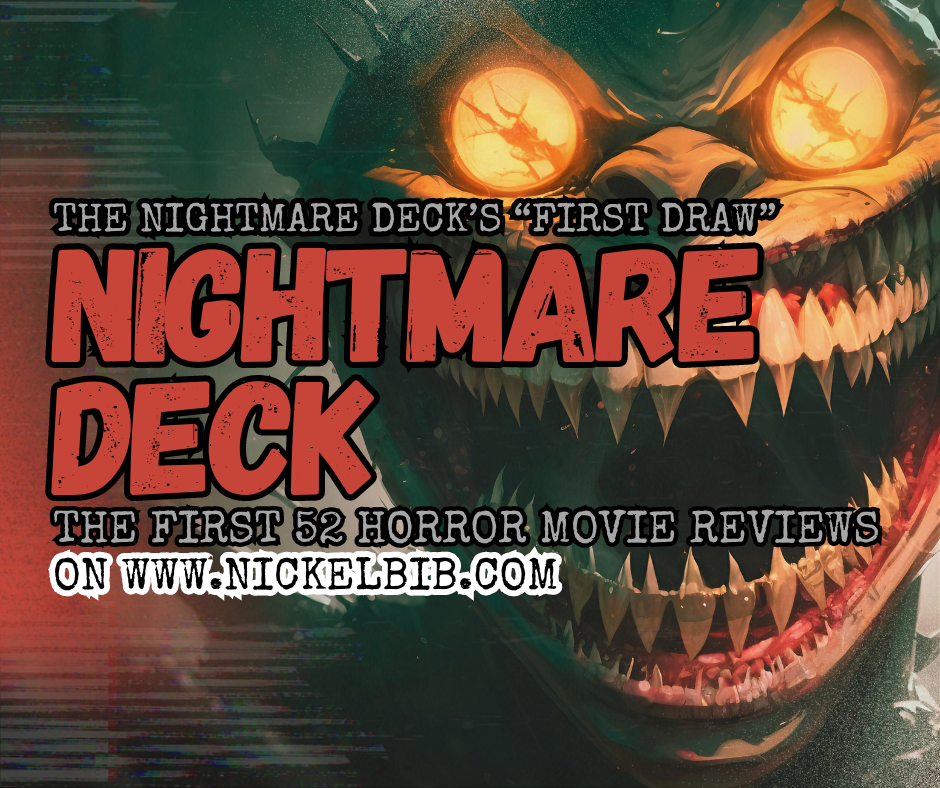Fatal Frame is a videogame I have had on the docket for years now, and a series I intend to talk about at length as a delve deeper into each installment.
As anyone who frequents Nickelbib.com can vouch, I have a lot of love and affection for the horror genre, and that especially includes horror videogames.
Like many of you, my gateway into horror was through videogames like Silent Hill and Resident Evil, and that rogues’ gallery has only expanded as the years have gone by.
There is always something special about discovering something new and unique from what you have played prior. It is the reason why I play videogames like Injection Pi 23, Agony, and Injection Pi 23, because I am always searching for the next classic series I can fall in love with. For the most part, the win to loss ratio isn’t usually in my favor, but every now and again, I find myself with an Alan Wake, an Outlast, or an Evil Within that makes it all feel worth it. For that reason, I am always on the prowl for new experiences and new ways to tackle familiar gameplay.
With all of that said, I am disappointed to say that I did not ultimately enjoy my experience with Fatal Frame overall.
I wanted to. I really did. This is always a bummer for me because I like to look at what I write and talk about on The Bib (as the cool kids are calling it) as a celebration of storytelling, which, in some ways, can sometimes feel like it is at odds with some of what I write. The last thing I ever want to be is a pretentious, loathsome critic that spouts of cynicism for the sake of clout. That in mind, my sword is dull, and I never stab to kill, which is to say that I always try to be open-minded and look at the positives whenever I can.
In that respect, Fatal Frame has a lot I like about it. Developed by Tecmo, Fatal Frame spins a simple, but ambitious yarn, spun out in a classical fashion. I believe Japanese horror can be something of an acquired taste, especially the type of Japanese horror that leans into its folklore rather than creating something that appeals to western audiences. This is the difference between Silent Hill or Resident Evil, for instance, which, while made in Japan, are something most stateside gamers will feel right at home at. Fatal Frame pairs better with horror movies like The Ring, Pulse, or Ju-on, with an approach that can feel less direct and lean more into its own ambiguity.
Set in the year 1986 (the year of The Fly), the story follows siblings Miku and Mafuyu. When the brother disappears, in pursuit of a novelist somewhere inside the haunted Himuro Mansion, his sister sets out to find him. In her exploration, she uncovers a breadcrumb trail, comprised of notes, documents, and more, clueing her in on the mansion’s dark history and a ritual that went down years ago.
It isn’t as emotionally gripping or captivating as The Ring, but I do feel it calls to mind stories of that kind. I tried to buy into what they were selling, but Fatal Frame’s narrative failed to, ahem, rope me in. I did enjoy the atmosphere and general vibe, however, and I think, sometimes, that is more important with Japanese folklore than the actual story.
The gameplay is unique to itself but does offer some familiarities to old-school horror fans. The video game uses fixed camera-angles, akin to other videogames from that era.
I have a mixed-bag of emotions when it comes to fixed camera-angles, personally. There is a reason they aren’t as commonplace as they once were, often only happening when a video game is specifically trying to rekindle the old flames of yesteryear – like Tormented Souls or Dawn of Fear. This is because it comes with a lot of baggage in and of itself. When I say baggage, I am using it as a euphemism for ‘jank controls’.
When I was younger, I couldn’t bring myself to stomach tank-controls or fixed camera-angles, but now that I have become older, I can appreciate a lot of the stylistic benefit. Fatal Frame creates a nice atmosphere, benefited by lights and shadows, and the types of shots that simply can’t be achieved through an over-the-shoulder perspective.
This isn’t to say it doesn’t still have the same awkward, quirky gameplay you would expect. It isn’t uncommon to find yourself completely turned around, nor is it uncommon to accidentally climb up a ladder you only just climbed down, some fifteen times, because of how unintuitive the camera can make the controls feel.
The fighting mechanic is unique (there’s that word again). It’s clunky, for certain, but it’s unique, and I think that the longer I spent with it, the more I was able to understand and appreciate it. Basically, you have a camera you can use as a weapon. Ghosts will appear, largely at random, and attack you – your main defense is to aim your camera and take pictures of them. At first glance, the gameplay reminds me of something like Resident Evil: Dead Aim, when you’re playing it with a normal controller. In Dead Aim’s case, it is a light-gun video game and it means instead of being able to aim your weapon and fire at an enemy, you are required to enter into a special first-person mode. It’s awkward, but I did improve and become better at it the further I went on.
Timing is important in Fatal Frame. Basically, instead of firing rapid-fire shots at whichever ghost comes your way, it is more tactical to allow your camera to build-up power and inflict more damage. This, of course, leaves you more vulnerable to attack. It is a neat, little system that I hope improves as the series goes on. Where it stands, it’s a neat novelty that never fully clicks. There is a small learning curve and once you get the hang of it, you will be able to make mince meat out of spirits. There is a button that makes your character do a 180 spin in camera-mode that I enjoyed. It is difficult to use in most circumstances, but sometimes you could run away from a ghost, hit the button, and snap them good. It felt rewarding to pull off and eventually master.
Sometimes the gameplay can feel a little bit unfair. Shots you actually landed will sometimes miss at random. Other times, ghosts will disappear and appear directly behind you. This isn’t unfair, but when coupled with how disorienting the camera-mode could be and how difficult it can be to maneuver, it certainly meant I had a lot of deaths that felt cheap.
The voice-acting leaves a lot to be desired. I did enjoy the gurgles and growls of the ghosts themselves, but the human characters can’t help but feel a little stilted and unenthused. It happens a lot with videogames that are translated, unfortunately.
I spent about six hours with Fatal Frame before I reluctantly decided to call it quits and move on (it’s worth mentioning that five years ago, I did the same thing, so this was my second attempt). I wanted to complete the campaign (which is only about seven hours), but I found its general tedium to be too much for me to overcome. The puzzles are plain and rather dull, and a lot of the progression can be reduced to games of I Spy. As much as I wanted to finish my playthrough, everything I had against it, altogether, chipped away at me and I finally accepted that whatever would happen next wouldn’t change my impression and I was better off moving onto the sequel.
I don’t strongly dislike Fatal Frame, per se. I liked the atmosphere and the lighting, particularly the shadows and the way it used them to create this sense of something always looming around you. Even one or two of the ghost attacks led to memorable jumpscares. However, with a story I couldn’t become invested in and gameplay I found to be more of a first draft with potential than the finished product I desired, I don’t particularly recommend anyone dust off their PlayStation 2’s to try it out.






GIPHY App Key not set. Please check settings